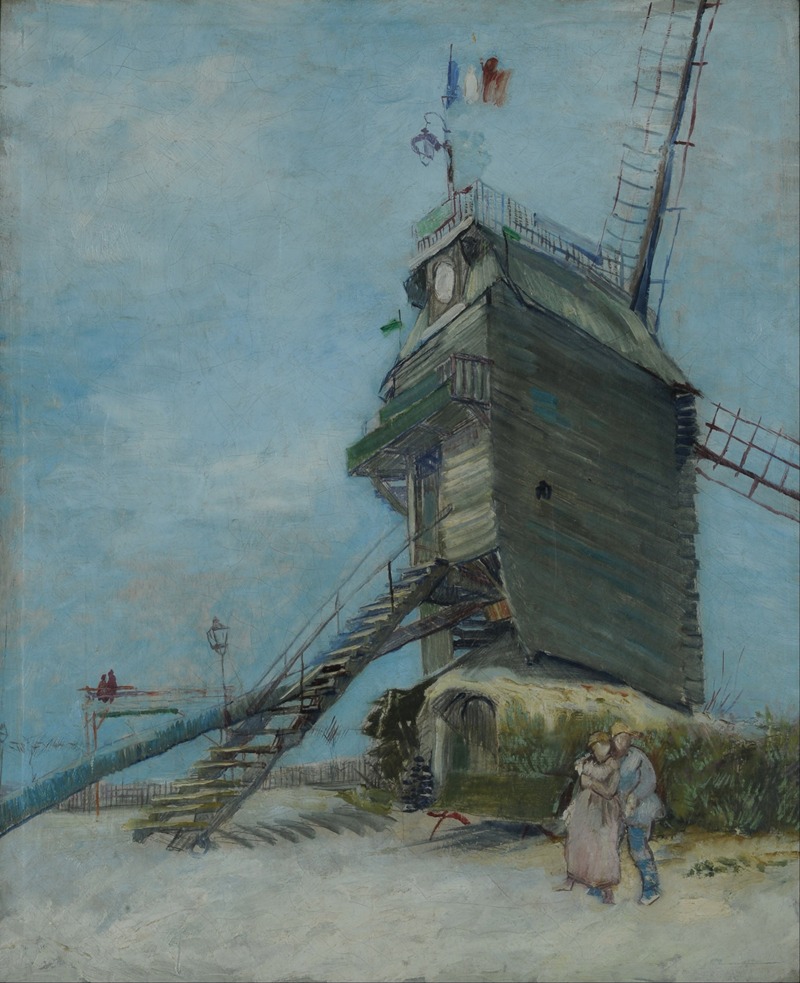
Le Moulin de la Galette
A hand-painted replica of Vincent van Gogh’s masterpiece Le Moulin de la Galette, meticulously crafted by professional artists to capture the true essence of the original. Each piece is created with museum-quality canvas and rare mineral pigments, carefully painted by experienced artists with delicate brushstrokes and rich, layered colors to perfectly recreate the texture of the original artwork. Unlike machine-printed reproductions, this hand-painted version brings the painting to life, infused with the artist’s emotions and skill in every stroke. Whether for personal collection or home decoration, it instantly elevates the artistic atmosphere of any space.
"Le Moulin de la Galette" is a painting created by the Dutch artist Vincent van Gogh in 1886. This work is part of Van Gogh's Paris period, which lasted from 1886 to 1888, a time when he was deeply influenced by the vibrant art scene of the city and the burgeoning Impressionist movement. During his stay in Paris, Van Gogh was exposed to new artistic ideas and techniques, which significantly impacted his style and use of color.
The painting depicts the famous Moulin de la Galette, a windmill located in the Montmartre district of Paris. This area was known for its bohemian atmosphere and was a popular gathering place for artists, writers, and other creatives during the late 19th century. The Moulin de la Galette was not only a functioning windmill but also a dance hall and café, making it a lively social hub.
Van Gogh's depiction of the Moulin de la Galette captures the essence of Montmartre's vibrant life. The painting is characterized by its dynamic brushwork and vivid colors, which were influenced by the Impressionists and Post-Impressionists he encountered in Paris. Unlike the more subdued tones of his earlier works, Van Gogh's Paris paintings, including "Le Moulin de la Galette," exhibit a brighter palette and a more spontaneous application of paint.
In "Le Moulin de la Galette," Van Gogh employs a loose, expressive style to convey the movement and energy of the scene. The windmill is depicted with bold, swirling strokes, and the surrounding landscape is rendered with a sense of immediacy and vitality. This approach reflects Van Gogh's growing interest in capturing the fleeting effects of light and atmosphere, a hallmark of the Impressionist movement.
The painting also demonstrates Van Gogh's fascination with urban life and his desire to explore new subject matter. While he is often associated with rural scenes and portraits, his time in Paris allowed him to experiment with cityscapes and the depiction of modern life. "Le Moulin de la Galette" is a testament to this period of exploration and growth in Van Gogh's artistic career.
Although "Le Moulin de la Galette" is not as widely known as some of Van Gogh's later works, it remains an important piece in understanding his development as an artist. The painting is part of a series of works that Van Gogh created in Montmartre, each offering a unique perspective on the district's lively atmosphere and its role as a center of artistic innovation.
Today, "Le Moulin de la Galette" is held in a private collection, making it less accessible to the public compared to Van Gogh's more famous paintings housed in major museums. Nevertheless, it continues to be studied and appreciated for its contribution to Van Gogh's oeuvre and its reflection of the dynamic artistic environment of Paris in the late 19th century.





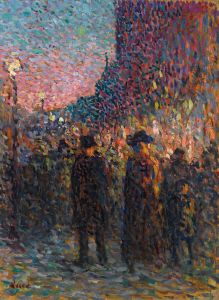
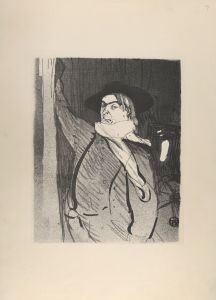
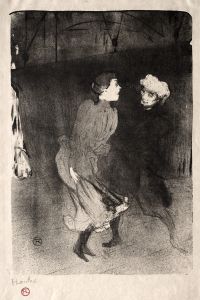
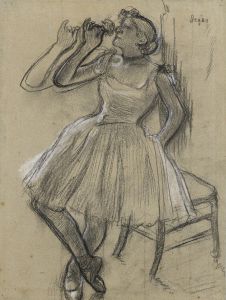
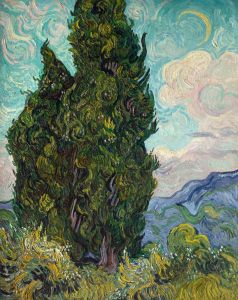
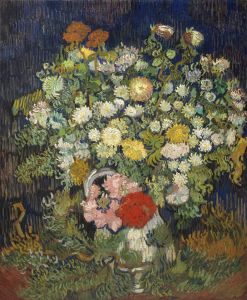

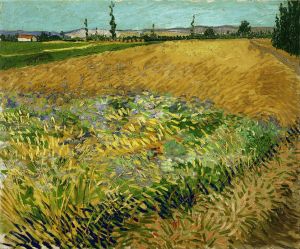
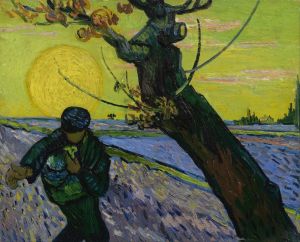
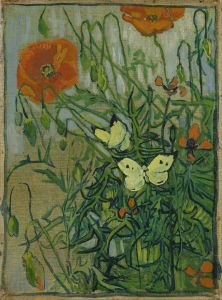
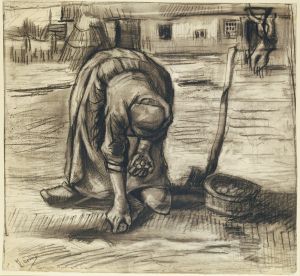
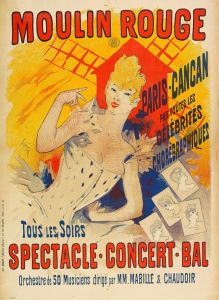
![Design for fine art print, ‘The Mad Dancer’.] [Woodcut print](/imgs/249287/s/winold-reiss-design-for-fine-art-print-the-mad-dancer-woodcut-print-17d9defa.jpg)
